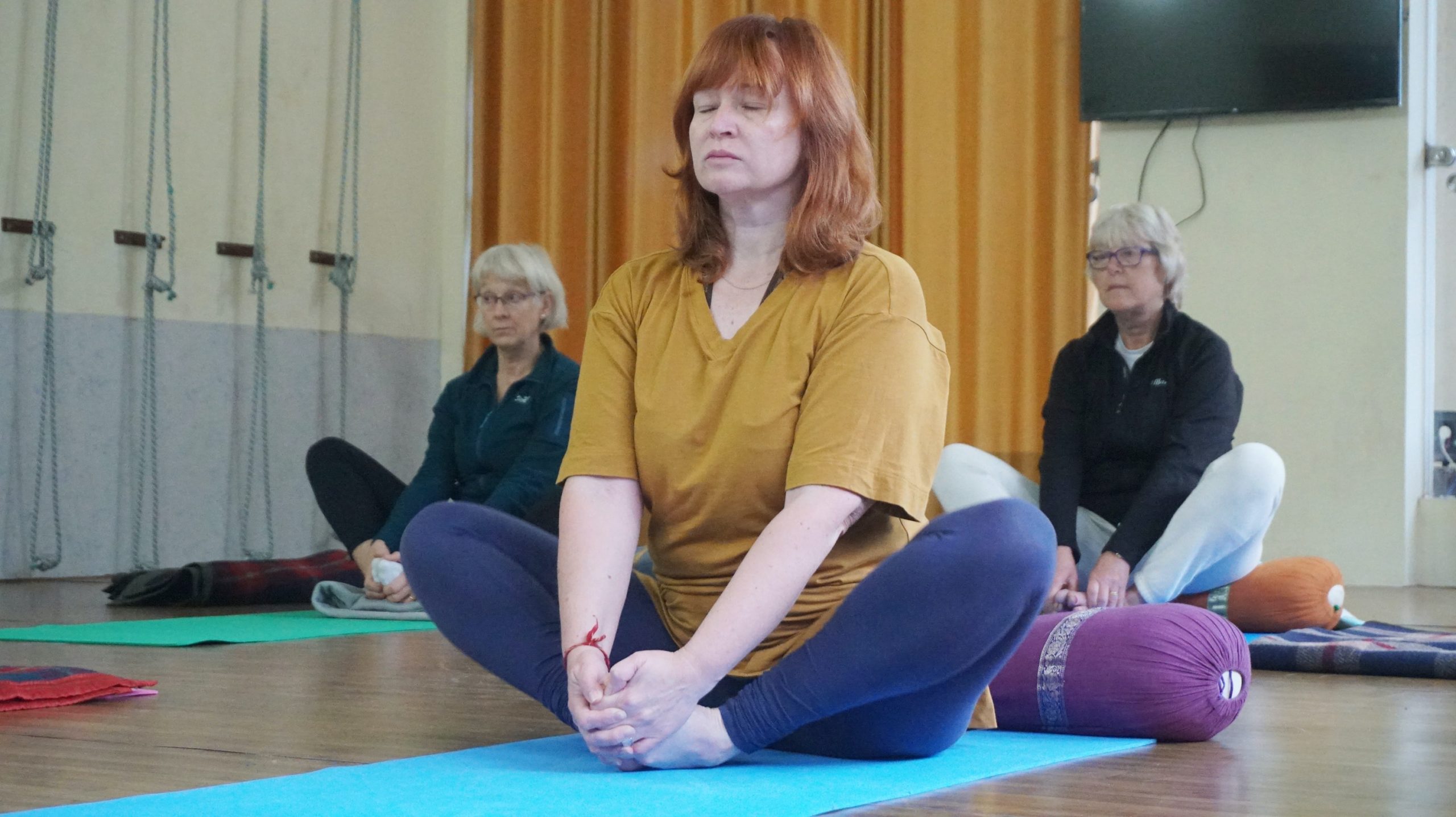Silesian Diaconate
Slezská diakonie
The interview was provided by Lenka Waszutová, Head of the Human Resources Management Section
Sector
Terciary: social services
Country
Czech Republic
Web-site
https://www.slezskadiakonie.cz
Specification
Silesian Diaconate is a non-governmental non-profit organization that provides services in the social field. The target group is people with disabilities, the elderly, the homeless and all those who have found themselves in a difficult life situation. In its work, the organization implements the biblical principles of love and service to people in need.
The Silesian Diaconate has been operating in the Moravian-Silesian Region since 1990, when it followed up the former charitable activities of the Silesian Church of the Evangelical Augsburg Confession, which began at the beginning of the 20th century. Currently it also operates in the South Moravian Region. It runs more than 70 centers, which do not have an independent legal personality and are managed centrally by the Headquarters of the Silesian Diaconate in Český Těšín. The Silesian Diaconate employs more than 1,000 employees.
Main motives for the decision to implement the age management measures
When analyzing the age, numbers and occupational groups of our employees we found out that the average age of our employees is 42.5 years, and that there is a significantly big part of people in the age group above 50 who are not given proper care,
The second motive was the fact that the people coming to work in social services are already of a higher age, this is not an attractive field for young people or graduates.
Age management dimension
Learning, training and lifelong learning:
- special efforts to motivate learners, establish methodologies and provide support;
- systematic evaluation;
- continual monitoring of an employee’s educational status.
Health protection and promotion, and workplace design:
- the use of health experts to advise the organisation;
- employee participation and education;
- ergonomic workplace (re)design.
Expected results
Our expectation from the training program were especially in opening of topics that are usually difficult to open, in particular the awareness of the fact that with increasing age, people ‘s specific needs increase too. It is not easy for all employees to talk about these needs.
During the individual courses we wanted to pick up the needs of individual people according to how they shared them. A personnel partner was present at each of the trainings. His mission was to monitor the participants’ questions, discussions, and the overall course of the training, based on that to locate the most valuable information we could use in the further setting of age management measures.
Our way towards the age management
Social workers are required to keep their long-term work ability. It is connected both with the will and desire to work in social services as well as with their health conditions.
For this reason we decided to support this age group with a number of activities, especially education and training in various fields, for example, memory measuring and strengthening, healthy nutrition, working with a physiotherapist, information technologies, and social media, simply in everything that employees expressed their in during previous survey. It also included education in the field of intergenerational cooperation and preparation for ageing.
The program included 50 employees above 50 years, and all parts of the program were mandatory for all participants.
Employees’ expectations of the training program were mixed; employees feared that the training will be too demanding without any visible effect. In the end the feedback was very good in the end and the results of the program exceeded expectations. The employees themselves found out that the newly acquired knowledge will be useful not only for their professional life, but also for their personal life.
Based on the outcomes of this training, we have set the concept of age management in the organization, within which each head of the service area must set a goal and take measures to implement the age management principles among their employees.
Strengths and weaknesses of the chosen approaches
Strengths:
- The strongest aspect of the program was the courage to bring certain topics into the discussion, the topics that haven’t been and are not included in the education system of workers in social services, while they are very important for them.
- Despite initial mistrust, the employees realized that the training was not a waste of time and understood their own co-responsibility for finding a way to maintain their ability to work.
- Thanks to the activities in the program we managed to reflect the situation in the organization and map the readiness of the organization to work with people 50+ and based on the needs of this age group to set the ways of social services provision in the coming years.
Weaknesses:
- Social workers have regular mandatory training. In this program the age management activities have been added to it, which was rather time consuming.
- It was difficult to cover shifts during education.
Activities to sustain this initiative
The expectations from the educational program were fulfilled, the feedback and evaluation was excellent, we received a number of recommendations on what to address next. There was also a call to repeat the program again in three years for the next generation of people in their fifties, so that all employees could to go through it gradually.
The greatest interest was in physiotherapy lessons where people have learned about the practices of the back pain prevention. These lessons have been running continuously and there is a consistently high interest in them, despite the fact that they are not accredited and therefore employees cannot count them into the completed vocational training.


The “aha!” moment of this process
Training in our organization has never been aimed directly at our employees, especially if they are 50+ and we want them to work for another 15 years. At the same time, their work is very demanding; they have to work with the aggressiveness of clients or with people with mental disabilities. At the same time, the organization must take care of both clients and its employees. 15 years is long enough for them to be physically and mentally healthy. Maintaining the work ability is not the responsibility of only the employee, or only the organization. It is the responsibility of both parties, and both must be aware of it.
Intergenerational cooperation was one of the hottest topics of the training. There are many prejudices among employees on both sides, and although the participants were able to name many examples of differences, the discussions showed a clear effort to understand each other because they need to live together.
Monitoring system of the effects
Before starting the training program, we conducted a survey evaluating an interest in individual activities, and after their completion, we identified and evaluated the feedback too. Especially the recommendations of preferred activities help us to plan the content of further training program
The long-term impact cannot yet be observed; so far we can only evaluate how the participants perceived the entire training and what they still expect from us, as their employer, or the shift of those expectations in time.
Beneficial effects of the initiative
Thanks to this program we have tried a new way of training: so far, any training has focused either on management only or on the work with the target group, ie the clients of our services. Now we have implemented a training program that was aimed directly at employees.
Thanks to the training program having been set up this way we understood that it is necessary to know how to work with people aged 40, 50 or 60, to respect the specifics of these age groups and to be able to maintain their work ability.
Personal recommendation
It is necessary to pay attention to all age categories In the process of employee training. Organizations should not disclaim their responsibility for the work ability of their employees, but on the other hand they should initiate the responsibility of employees for their own work ability. There should be a balance between what both parties can offer. The measures may vary, but they need to be talked about.
You need to have the courage to jump and just then to attach the wings.
